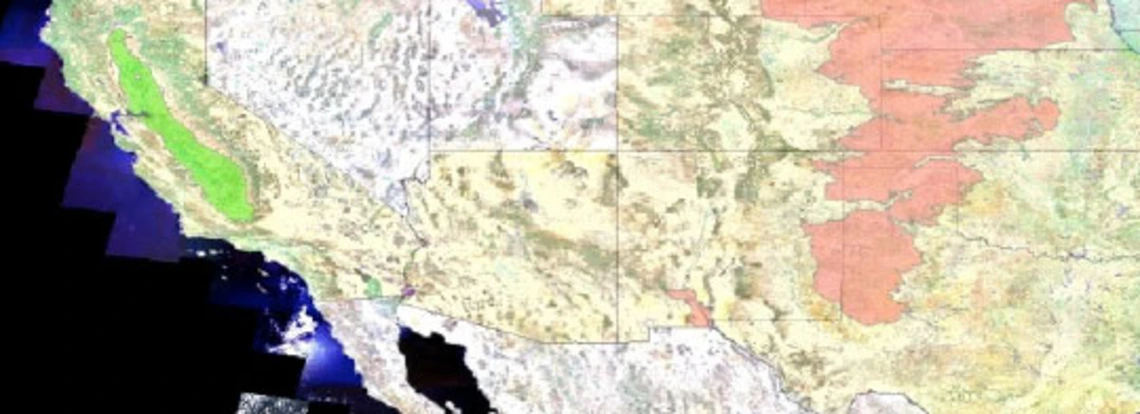
When
Where
Speaker(s)
Date/Time: Thursday, Feb. 25, 2016 / 12:00 - 1:15 PM
The UNESCO-IHP ISARM-Americas technical committee has developed a regional strategy for the assessment and management of transboundary aquifer systems in the Americas as part of their ongoing cooperative assistance to help neighboring countries sustain water resources and reduce potential conflict. The fourth book in the series of publications sponsored by UNESCO and OAS documents this strategy. The goal of this strategy is the collective understanding, developing, managing, and protecting of the transboundary aquifers in the Americas. This strategy includes technical, social, and governance recommendations for an integrated resource management of groundwater based on flexible arrangements that not only manage but also demand social participation in solving problems, consider changes in land use and water use and promote the increase of water sustainability for all transboundary neighbors. The successful implementation of this strategy starts with sharing information of the status and use of land and water as well as intergovernmental partnerships to link science and policy with existing instruments for managing the water resources. International organizations such as UNESCO and OAS also can help facilitate the development of transboundary agreements and establish cooperation on transboundary aquifers between neighbors. The UNESCO-IHP ISARM-Americas technical committee has been successful in creating a network of partners from 24 countries and in translating existing aquifer knowledge into a meaningful strategy for the American hemisphere. The strategy aims to explain and develop the role of science and the informed-decision approach. Examples from North and South America show how the process has begun to develop for selected transboundary aquifers. These include the Milk River basin between the US and Canada, the Rio Grande, Upper San Pedro, and Colorado River basins between the US and Mexico, and the Guarani River basin in South America. Selected examples of ongoing work from the Lower Rio Grande and potential conflicts from the Lower Colorado will be presented.
 Randy Hanson has been the lead USGS research hydrologist for over 35 years developing hydrologic methods and water-supply analysis of regional watersheds nationally and internationally. With a B.S. in mathematics and in geology from New Mexico Institute of Mining and Technology and M.S. in hydrology from the University of Arizona, research includes new modeling methods and integrated hydrologic models for regional-flow, conjunctive-use, climate-change, adaptation, and sustainability analysis.
Randy Hanson has been the lead USGS research hydrologist for over 35 years developing hydrologic methods and water-supply analysis of regional watersheds nationally and internationally. With a B.S. in mathematics and in geology from New Mexico Institute of Mining and Technology and M.S. in hydrology from the University of Arizona, research includes new modeling methods and integrated hydrologic models for regional-flow, conjunctive-use, climate-change, adaptation, and sustainability analysis.

